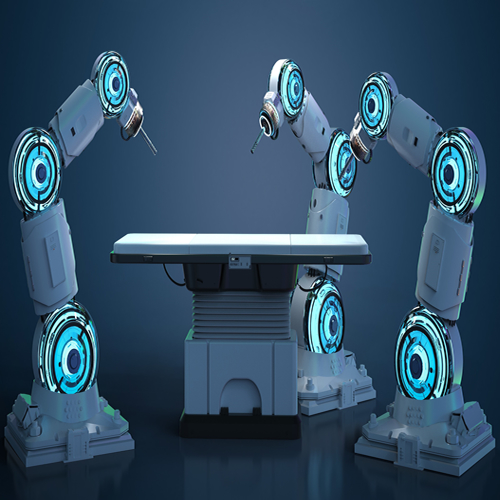Key points from article :
Digital twins, virtual replicas of physical systems, are making their way into medicine, promising to transform surgery. By combining patient data with artificial intelligence, these models can simulate organs, tissues, and even entire procedures before a surgeon makes the first incision. The goal is to improve planning, reduce errors, and personalize treatment—shifting healthcare from reactive care to predictive, tailored interventions. Yet challenges remain, including massive data requirements, ethical questions about ownership and responsibility, and the need for regulatory oversight.
Early applications are already improving surgical outcomes. Hospitals like Boston Children’s and Massachusetts General use 3D anatomical models to simulate complex procedures, allowing surgeons to rehearse, visualize, and plan interventions more accurately. Robotic-assisted surgery, particularly robotic bronchoscopy for lung procedures, has shown that combining robotics with advanced imaging can achieve high diagnostic success with minimal complications, demonstrating the potential for merging digital modelling with clinical practice.
The next step is integrating full digital twins into robotic surgery. Johnson & Johnson MedTech and NVIDIA are developing systems where real-time virtual replicas of both patient anatomy and surgical robots could simulate each operation, predicting tissue responses and optimizing tool movements. While promising, these systems remain experimental. Key barriers include data accuracy, latency in real-time simulations, cybersecurity, and regulatory approval.
Despite these hurdles, digital twins represent a new frontier in surgery. They could eventually allow surgeons to rehearse complex procedures in virtual reality, guided by AI and patient-specific data. But for this vision to be realized safely, the technology must be validated rigorously, ethically deployed, and made accessible—ensuring that precision and innovation go hand in hand with patient trust.









